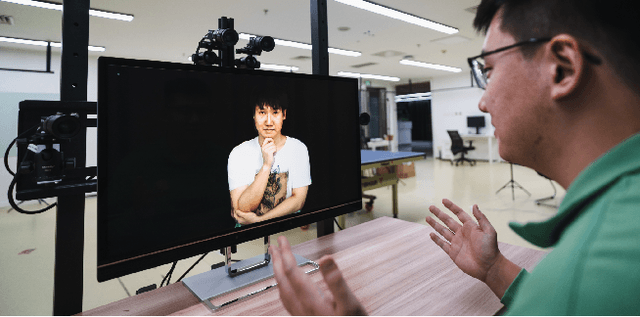Shunyuan Zheng
Shape-Guided Clothing Warping for Virtual Try-On
Apr 21, 2025Abstract:Image-based virtual try-on aims to seamlessly fit in-shop clothing to a person image while maintaining pose consistency. Existing methods commonly employ the thin plate spline (TPS) transformation or appearance flow to deform in-shop clothing for aligning with the person's body. Despite their promising performance, these methods often lack precise control over fine details, leading to inconsistencies in shape between clothing and the person's body as well as distortions in exposed limb regions. To tackle these challenges, we propose a novel shape-guided clothing warping method for virtual try-on, dubbed SCW-VTON, which incorporates global shape constraints and additional limb textures to enhance the realism and consistency of the warped clothing and try-on results. To integrate global shape constraints for clothing warping, we devise a dual-path clothing warping module comprising a shape path and a flow path. The former path captures the clothing shape aligned with the person's body, while the latter path leverages the mapping between the pre- and post-deformation of the clothing shape to guide the estimation of appearance flow. Furthermore, to alleviate distortions in limb regions of try-on results, we integrate detailed limb guidance by developing a limb reconstruction network based on masked image modeling. Through the utilization of SCW-VTON, we are able to generate try-on results with enhanced clothing shape consistency and precise control over details. Extensive experiments demonstrate the superiority of our approach over state-of-the-art methods both qualitatively and quantitatively. The code is available at https://github.com/xyhanHIT/SCW-VTON.
Tele-Aloha: A Low-budget and High-authenticity Telepresence System Using Sparse RGB Cameras
May 23, 2024



Abstract:In this paper, we present a low-budget and high-authenticity bidirectional telepresence system, Tele-Aloha, targeting peer-to-peer communication scenarios. Compared to previous systems, Tele-Aloha utilizes only four sparse RGB cameras, one consumer-grade GPU, and one autostereoscopic screen to achieve high-resolution (2048x2048), real-time (30 fps), low-latency (less than 150ms) and robust distant communication. As the core of Tele-Aloha, we propose an efficient novel view synthesis algorithm for upper-body. Firstly, we design a cascaded disparity estimator for obtaining a robust geometry cue. Additionally a neural rasterizer via Gaussian Splatting is introduced to project latent features onto target view and to decode them into a reduced resolution. Further, given the high-quality captured data, we leverage weighted blending mechanism to refine the decoded image into the final resolution of 2K. Exploiting world-leading autostereoscopic display and low-latency iris tracking, users are able to experience a strong three-dimensional sense even without any wearable head-mounted display device. Altogether, our telepresence system demonstrates the sense of co-presence in real-life experiments, inspiring the next generation of communication.
GPS-Gaussian: Generalizable Pixel-wise 3D Gaussian Splatting for Real-time Human Novel View Synthesis
Dec 04, 2023Abstract:We present a new approach, termed GPS-Gaussian, for synthesizing novel views of a character in a real-time manner. The proposed method enables 2K-resolution rendering under a sparse-view camera setting. Unlike the original Gaussian Splatting or neural implicit rendering methods that necessitate per-subject optimizations, we introduce Gaussian parameter maps defined on the source views and regress directly Gaussian Splatting properties for instant novel view synthesis without any fine-tuning or optimization. To this end, we train our Gaussian parameter regression module on a large amount of human scan data, jointly with a depth estimation module to lift 2D parameter maps to 3D space. The proposed framework is fully differentiable and experiments on several datasets demonstrate that our method outperforms state-of-the-art methods while achieving an exceeding rendering speed.
 Add to Chrome
Add to Chrome Add to Firefox
Add to Firefox Add to Edge
Add to Edge